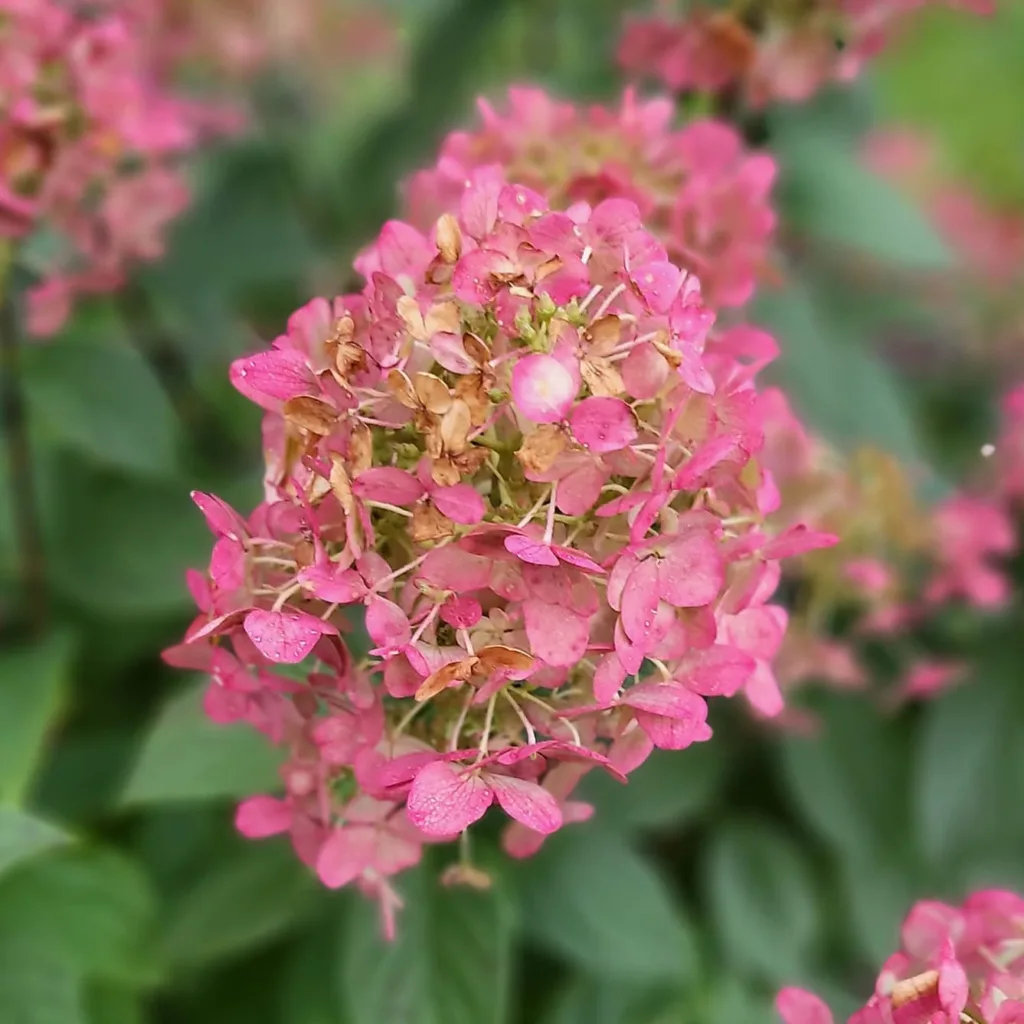
FAQs About the Rose of Jericho
As someone who’s fascinated by unique and resilient plants, I’ve had quite a journey with the Rose of Jericho. This plant, also known as Selaginella Lepidophylla, is often dubbed the “resurrection plant” because of its remarkable survival abilities. Let’s dive into some of the most frequently asked questions about this fascinating plant.
Plant Family: Selaginellaceae – 743 Species in Genus Selaginella
What Is the Rose of Jericho?
The Rose of Jericho is a type of resurrection plant native to arid regions of North America and Mexico. It’s known for its ability to survive extreme dehydration and then revive when rehydrated. The plant has a unique appearance, with feathery, green foliage that curls up into a ball when it dries out, and unfurls into a lush, green plant when water is added.
How Does the Rose of Jericho Survive?
The survival mechanism of the Rose of Jericho is nothing short of extraordinary. During periods of drought, it curls up tightly, protecting its essential parts and reducing water loss. When it rains or is watered, the plant rehydrates quickly and unfurls. This incredible ability to go dormant and then revive is a key characteristic of resurrection plants.
How to Plant the Rose of Jericho?
Planting the Rose of Jericho is quite straightforward. You can start by placing the dried plant in a shallow dish of water. The plant will rehydrate and start to open up. Once it has fully expanded, you can transfer it to a pot with soil if you prefer to keep it in a more traditional planting medium. However, the Rose of Jericho can thrive with just water.
Where to Buy the Rose of Jericho?
Finding a Rose of Jericho is relatively easy. Most garden centers and specialty plant shops carry it, especially those that focus on unusual or exotic plants. You can also find it online through various plant retailers and marketplaces. Just ensure you’re buying from a reputable source to get a healthy plant.
Does the Rose of Jericho Flower?
The Rose of Jericho does not produce flowers. Its main appeal is its dramatic resurrection process and unique foliage. If you’re looking for a flowering plant, this one might not be the best choice, but its fascinating survival strategy makes it a conversation piece.
How to Use the Rose of Jericho?
Apart from its aesthetic appeal, the Rose of Jericho is often used in spiritual and cultural practices. It symbolizes rebirth and renewal in various traditions. Some people also use it as a decorative element in homes or offices because of its unique appearance and easy care.
Can You Drink Rose of Jericho Water?
The water in which the Rose of Jericho is soaked is not typically consumed. While the plant itself is non-toxic, the water might contain residues or microorganisms that are not suitable for drinking. It’s best to use the water for the plant or discard it after it has served its purpose.
Can You Plant the Rose of Jericho in Soil?
Yes, you can plant the Rose of Jericho in soil. If you prefer a more traditional approach, place the rehydrated plant into a pot with well-draining soil. It’s important to keep the soil moist but not waterlogged. The Rose of Jericho can adapt to both water and soil environments.
Does the Rose of Jericho Need Sunlight?
The Rose of Jericho thrives in low to bright, indirect light. It doesn’t require direct sunlight, making it an excellent choice for indoor environments. However, avoid placing it in a completely dark area as it still needs some light to maintain its health and vibrant appearance.
Rose of Jericho vs. False Rose of Jericho
The Rose of Jericho is often confused with other plants that share similar characteristics. One common mix-up is with the False Rose of Jericho, which is actually a different species. The False Rose of Jericho, or Anastatica hierochuntica, is often mistaken for the true Rose of Jericho because it also has resurrection-like qualities. However, the two plants belong to different genera and have distinct features.
What to Plant With the Rose of Jericho?
If you’re considering planting the Rose of Jericho with other plants, choose companions that have similar water and light requirements. Succulents and cacti make good partners as they thrive in similar conditions. Avoid planting it with plants that require frequent watering or high humidity.
How to Care for the Rose of Jericho?
Caring for the Rose of Jericho is relatively simple. Keep it in a location with indirect light and water it when it starts to dry out. If you’ve planted it in soil, ensure the soil remains moist but not soggy. It’s also a good idea to occasionally rinse the plant to remove any dust or debris.
Is the Rose of Jericho Toxic?
The Rose of Jericho is not toxic to pets or humans. It is safe to handle and has no known harmful effects. This makes it a great addition to homes with children and pets.
The Rose of Jericho is a truly remarkable plant with a unique ability to come back to life after drying out. Whether you’re fascinated by its survival skills, its appearance, or its symbolic meanings, it’s a great plant to explore.
If i die, water my plants!



